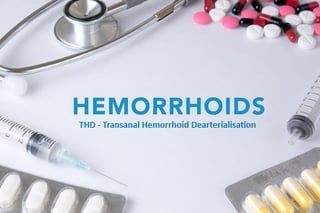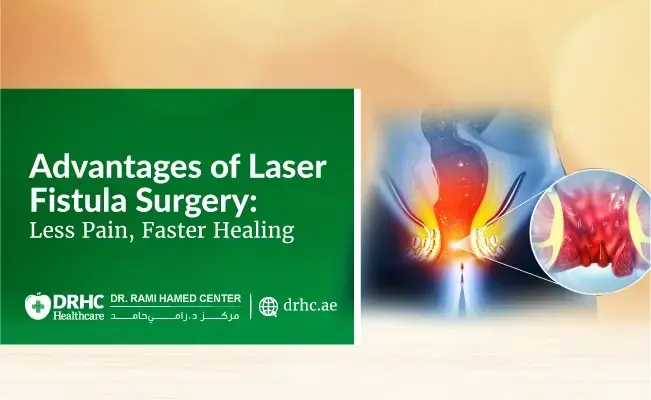A brief on Hemorrhoids:
As a part of normal anatomy, most people suffer from hemorrhoids tissue. This problem is the paddings of connective tissue with blood vessels. Though, 15% continence mechanism of a human body is accredited to the hemorrhoidal plexus, thus when a person coughs, it causes blood swelling.
However, there is a revolutionary technique introduced to treat the problem of Hemorrhoids which is known as Transanal Haemorrhoid Dearterialisation (often referred as THD).

How does the problem of Hemorrhoids instigate?
- According to scientists, Hemorrhoids happen as a person gets older but few also believe it happens regardless of age. However, A recent report indicates, that 86% of Americans and 50% of Americans have suffered from this issue as they turned age 50.
What are the other treatment options than just THD?
- Nonetheless, there are a few treatment options for Hemorrhoids which lets you better manage the symptoms. These include:
- Injection sclerotherapy: This process of injecting is not most effective for external hemorrhoids but creating a scar reduces the bleeding overflow.
- Photocoagulation: It involves a beam of infrared light which results in heat. The heat from this process may instigate scar tissue which prevents blood from streaming to the haemorrhoids.
- Rubber Band Ligation: Tieng off the internal haemorrhoids with rubber bands to cut off blood flow. Furthermore, this procedure involves other processes to completely remove all of the haemorrhoids.
- Hemorrhoidectomy: It contains incision crating which seems very painful as compared to other treatments. It is aching because it involves removing external as well as internal hemorrhoidal tissue. This process may require 2 to 3 weeks for recovery.
- Stapled hemorroidopexy (PPH): This procedure involves the usage of a circular stapling device to secure remaining hemorrhoidal tissue which is back in place through staples. PPH process is less sensitive than Hemorrhoidectomy and removes the rectal mucosal tissue.
The treatment described doesn’t fix the hemorrhoid disease from the base but can fix the symptoms alone. To ensure patients return to normal activities preferably with effective treatment, THD treatment has been originated.
What is Transanal Hemorrhoid Dearterialisation?
- Transanal hemorrhoid dearterialization fights the source of disease. It has been proven since instigation because it involves quick recovery for the patient suffering from it.
- The procedure is often referred to as THD which deals with arterial blood flow that covers the arterial plexus. Doppler ultrasound probes and anoscope (fitted with light) are used by surgeons for treatment. It further locates hemorrhoidal arteries using sound waves and surgeons make use of the ligation technique to tie off the flow of blood.
How does the THD procedure differ from other surgical techniques?
- The process of THD does not cut hemorrhoidal tissue thereby complications that may arise in future could be comparatively condensed.
- Here in this technique, surgeons will not only tie off the internal hemorrhoids with rubber bands but also subtle suturing. (the tying of blood-supplying arteries may slip and thus leads to bleeding).
- This process lets users come back to normal activities quickly (within 24 – 48 hours most of the time).
- However, few patients may feel discomfort in the rectal area – this may often disappear within a few days.
Besides these features and benefits, THD doesn’t cost much as compared to traditional procedures thereby applied in the various hospitals throughout Europe and other continents.
Topic: Proctology





.jpg)

.webp)

.webp)

Leave a comment